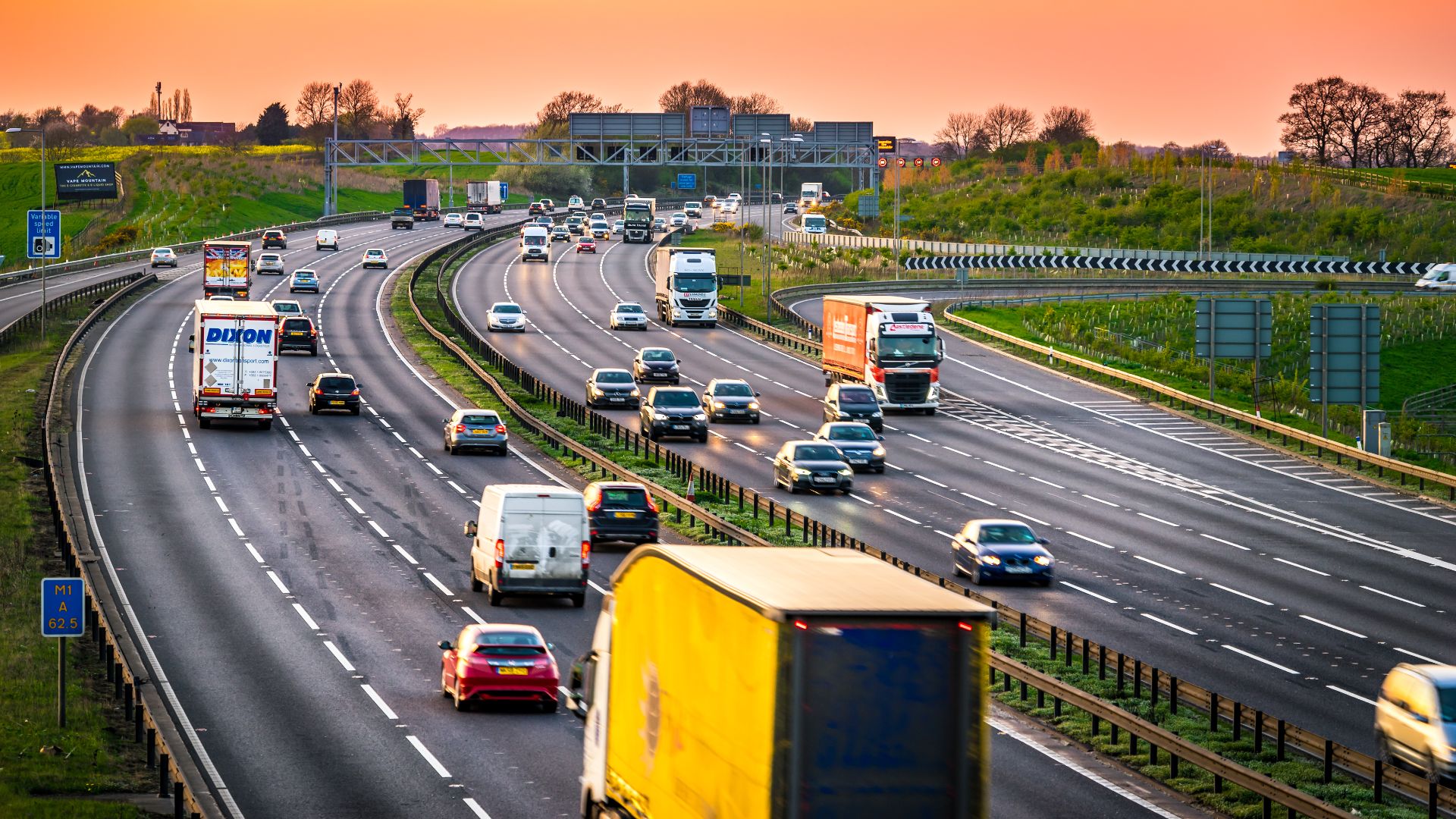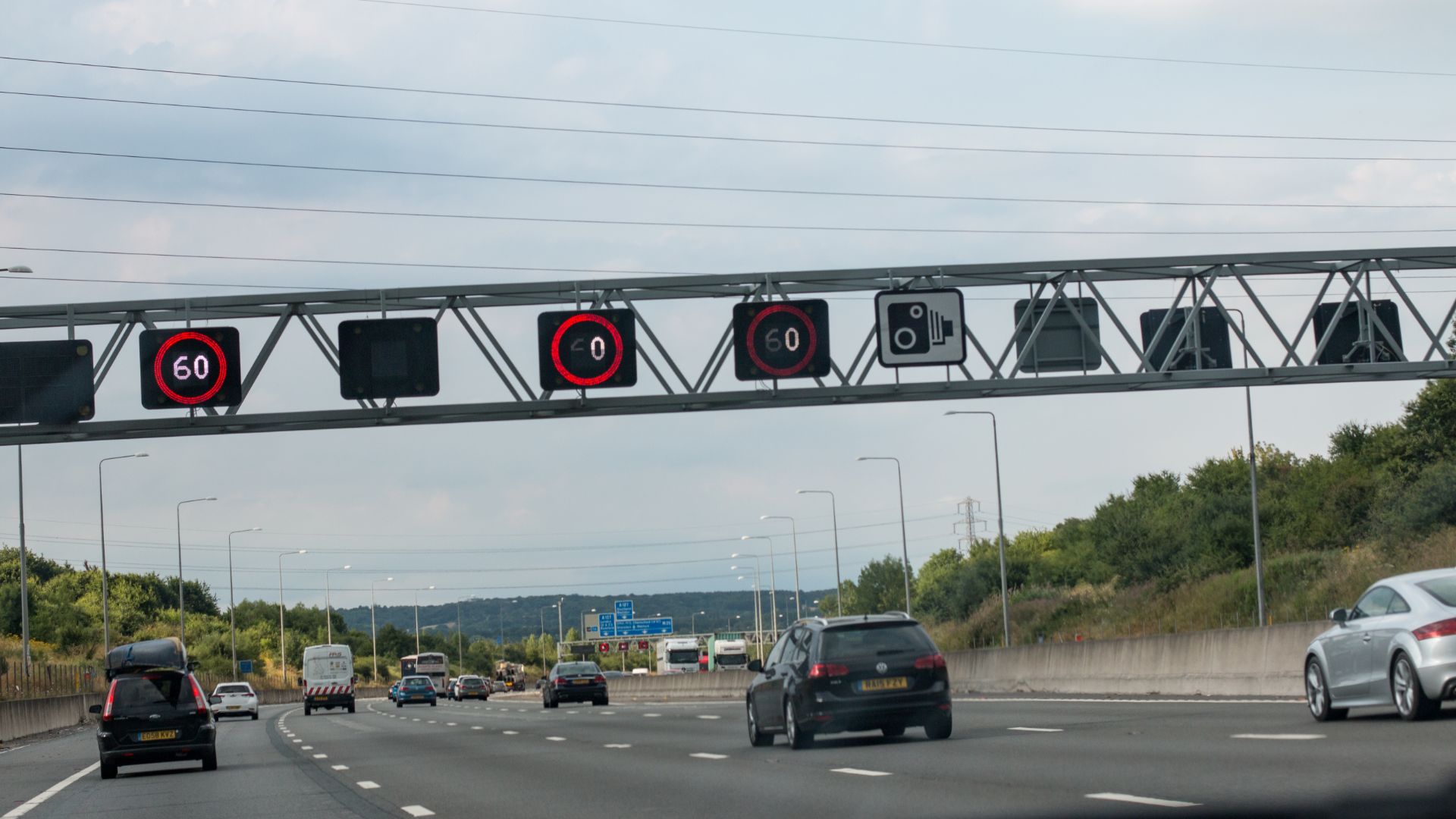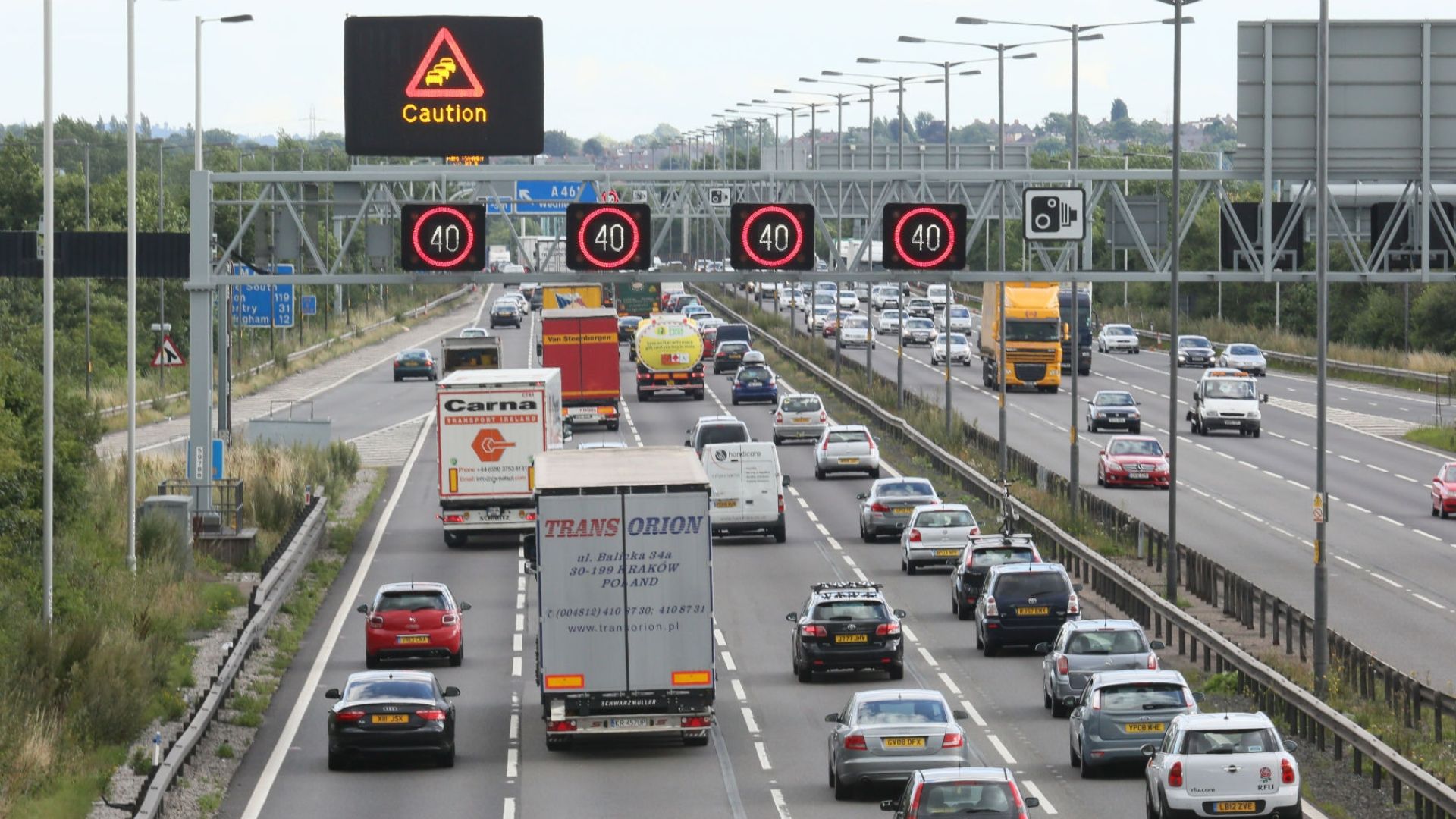
When smart motorways were first introduced in 2006, the goal was to tackle stop-start congestion using variable speed limits – in some cases by incorporating the hard shoulder as a running lane.
Another aim was a reduction in collisions, as traffic can – in theory – be better controlled in relation to stopped vehicles. However, there have been a number of road deaths directly attributed to smart motorways, and the government recently announced the existing network will not be expanded, citing ‘the current lack of public confidence felt by drivers and cost pressures’.
Prime minister Rishi Sunak also pledged £900 million for safety improvements to the existing 375 miles of smart motorways across the UK
In this article, we look at the pros and cons of smart motorways – and what the future holds for these controversial roads.
Smart motorways: the advantages
Increasing traffic flow
The obvious way to increase traffic flow is to add lanes. So either you build them, or you convert existing space that isn’t regularly used into a running lane.
That’s what smart motorways do with the hard shoulder, with the proviso that the lane can be closed – using a red ‘X’ on the overhead gantry – in the event of a stopped vehicle being detected. There are also emergency refuge areas that broken-down vehicles can use.
Broadly speaking, this was successful. Highways England figures showed that journey reliability was improved by 22 percent on roads where smart conversions took place.
Saving money and the environment
The conversion of hard shoulders reduces expenditure on new lanes, saving money for the taxpayer. It also means the road has a smaller footprint, causing less damage to the environment.
There is a less obvious environmental saving, too. Better controlling traffic flow and speed, and mitigating stop-start movement, reduces vehicle emissions. It also means cars will suffer less wear and tear.
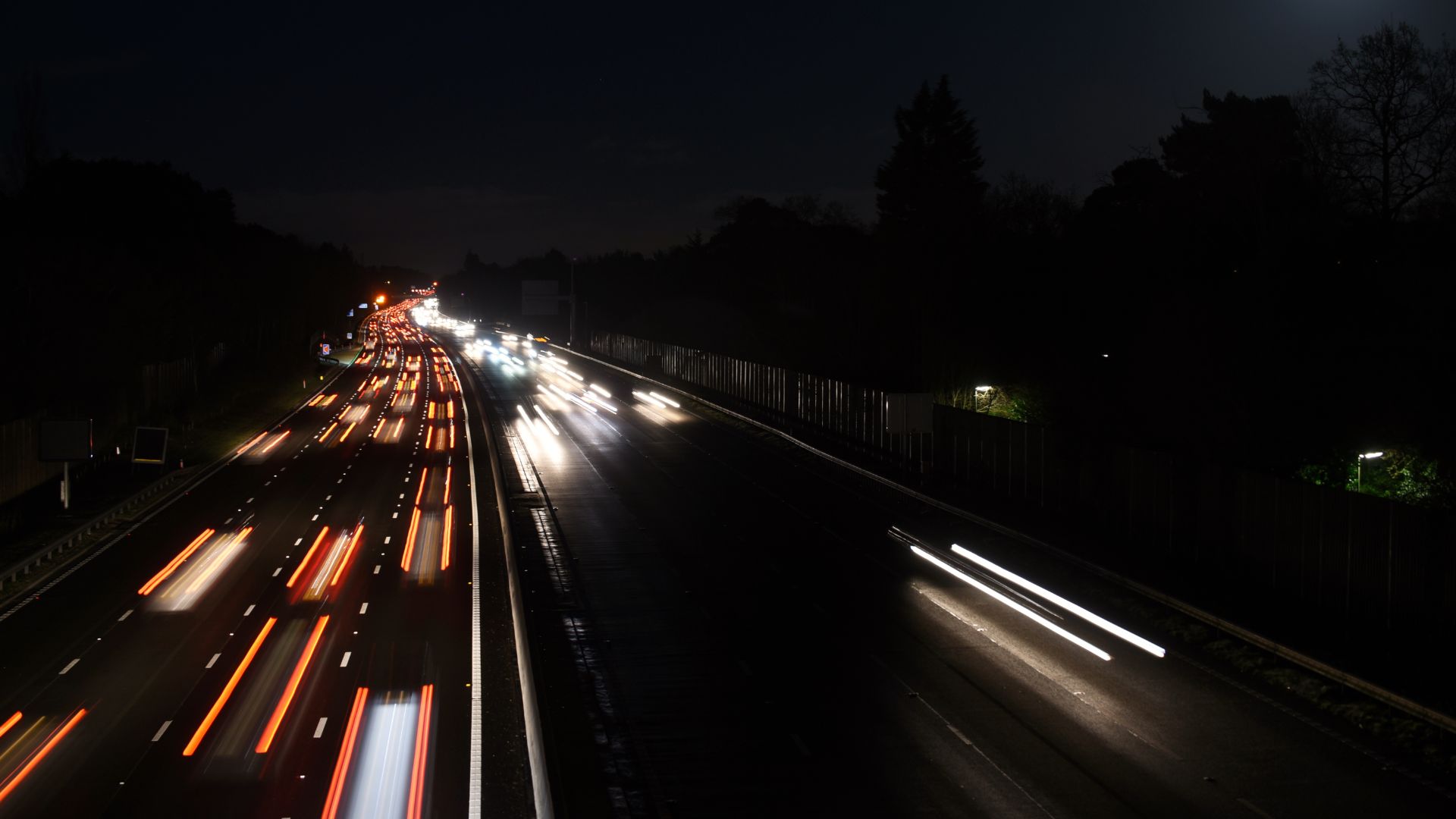
Hard shoulder safety was an issue anyway
One thing that’s curious to note is the safety record of hard shoulders on non-smart motorways. In total, 40 percent of incidents involving a stopped-vehicle occur on a hard shoulder.
If cars can reach them, emergency refuge areas potentially make collisions less likely due to being separated from the road. They are clearly marked with yellow road surfacing, too
Smart motorways: the disadvantages
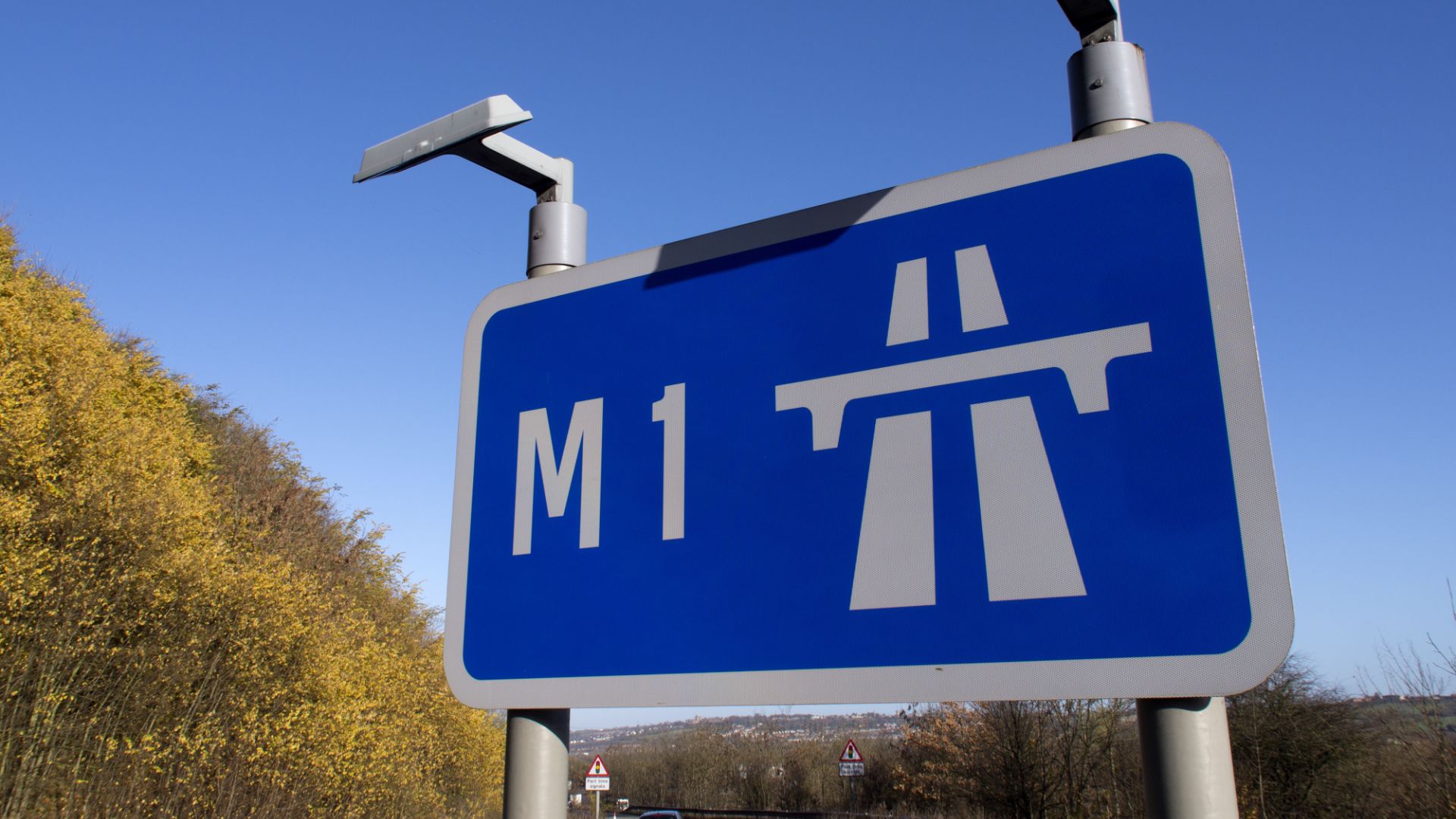
All-lanes-running casualties
Casualties, crashes and near-misses involving stranded vehicles on all-lanes-running stretches have cast a shadow over smart motorways, leading to the lack of public confidence highlighted by Rishi Sunak – and by transport secretary Mark Harper.
A recent inquest found the deaths of two pensioners, Derek Jacobs and Charles Scripps, on the M1 near Sheffield, would not have happened if there had been a hard shoulder. The death of Jason Mercer, on the same stretch of smart motorway in 2019, also happened when he was forced to stop in a live lane.
It has been posited such tragedies could be avoided with better stopped-vehicle detection systems, plus more frequent refuge areas. However, a barrage of negative publicity led the government to ‘pause’ the rollout of smart motorways in early 2022, until five years of safety data could be collected. Now, less than 18 months later, all plans to expand the network have been scrapped.
Rejoining the road
For existing smart motorways, this leads us back to emergency refuge areas. The consensus is that we need more of them, so fewer people are forced to stop in-lane.
However, while you’re likely to be safer while stationary, getting back onto the road from a refuge area can be more dangerous. Hard shoulders offer more of a run-up when it comes to rejoining running lanes. Refuge areas are limited on space, and it can therefore be difficult to re-join safely, unless the lane you are entering has been slowed down.
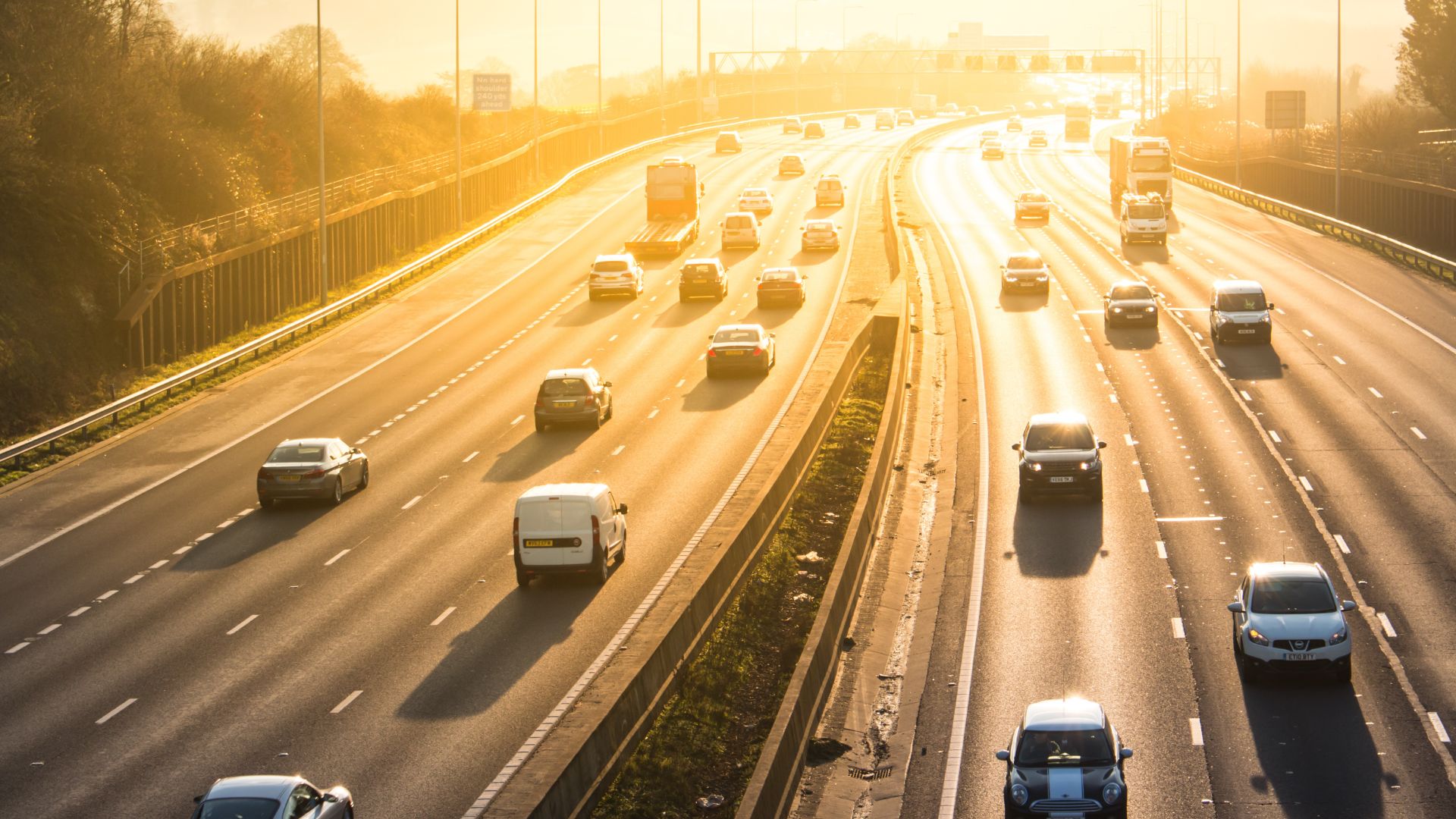
Confusing for drivers
Much has been made of how smart motorways are confusing for road users, too. “Some hard shoulders on dynamic smart motorways are only open to running traffic during the morning and evening peaks, but this catches out some drivers when their routine changes,” former chief executive of Highways England, Jim O’Sullivan, told the Commons Transport Select Committee.
Some drivers don’t realise they can use the hard shoulder, while others worry about sudden speed limit changes. However, it’s worth noting that smart motorway cameras do give a one-minute grace period to drivers after the limit displayed on overhead gantries has been reduced.
What is the future for smart motorways?
All proposed new smart motorways, including sections of the M1, M3, M4, M25, M40 and M62, will no longer be going ahead. However, work on the M56 (junctions 6-8) and M6 (junctions 21a-26) will be completed as these are already ‘over three quarters constructed’.
The £900 million promised towards improving existing smart motorways will comprise 150 extra emergency refuge areas across the network, plus improved stopped vehicle detection tech on every all-lane-running section of road.
RAC road safety spokesperson Simon Williams welcomed the news that new smart motorways have been scrapped, saying: “This is a watershed announcement and a victory for everyone who has campaigned against these motorways that, by their design, put drivers in more danger should they be unlucky enough to break down on one.
“Our research shows all-lane-running smart motorways are deeply unpopular with drivers, so we’re pleased the government has finally arrived at the same conclusion. It’s now vitally important that plans are made for making the hundreds of existing miles of these types of motorway as safe as possible.
“The possibility of converting all-lane-running stretches to the ‘dynamic hard shoulder’ configuration, where the hard shoulder is open and closed depending on the levels of traffic, could be one option the government considers.”
ALSO READ:
Which lane should you use on an unmarked roundabout?
